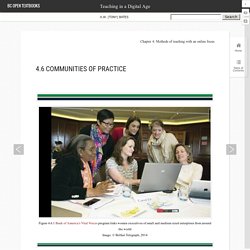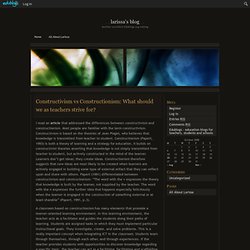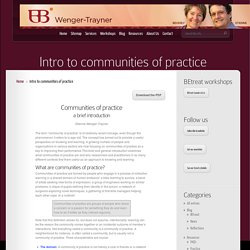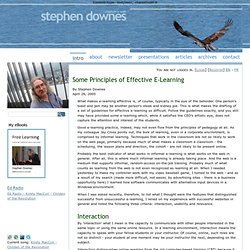

Social Media Policy, Policies & Regulations, University of Otago, New Zealand. Purpose This policy covers the setting up and use of social media accounts by staff in the course of their employment.

Organisational Scope This policy applies to all University of Otago employees. It should be read in conjunction with the Social Media Guidelines. It is not intended to limit academic freedom (as defined in section 161 of the Education Act 1989). It acknowledges that a University has a role to act as critic and conscience of society (referred to in section 162 of the Education Act 1989). Joint venture collaborators are strongly encouraged to use this Policy as a reference. Definitions Social media is the creation, dissemination and exchange of user-generated content in an electronic and online setting using (but not limited to) blogging, micro-blogging, media sharing, social networks and virtual worlds. Account Owner means the person who, in the course of their employment, creates a social media account and/or publishes, monitors, maintains and appropriately archives content. 4.6 Communities of practice. Figure 4.6.1 Bank of America’s Vital Voices program links women executives of small and medium sized enterprises from around the worldImage: © Belfast Telegraph, 2014 4.6.1 The theories behind communities of practice The design of teaching often integrates different theories of learning.

Communities of practice are one of the ways in which experiential learning, social constructivism, and connectivism can be combined, illustrating the limitations of trying to rigidly classify learning theories. Practice tends to be more complex. Five Stage Model - Gilly Salmon. The7 Cs of learning design chapter. Instructional Design Models and Methods. Instructional Design Models and Methods "Models, like myths and metaphors, help us to make sense of our world.

Whether derived from whim or from serious research, a model offers its user a means of comprehending an otherwise incomprehensible problem. An instructional design model gives structure and meaning to an I.D. problem, enabling the would-be designer to negotiate her design task with a semblance of conscious understanding. Models help us to visualize the problem, to break it down into discrete, manageable units. The value of a specific model is determined within the context of use. Review and compare various instructional design models and methods below: Merrill's First Principles of Instruction ADDIE Model Dick and Carey Model Kemp's Instructional Design Model Gagné's Nine Events of Instruction Bloom's Learning Taxonomy Kirkpatrick's 4 Levels of Training Evaluation Merrill's First Principles of Instruction ADDIE Model Figure 2 ADDIE Model, Diagram by: Steven J.
» Constructivism vs Constructionism: What should we as teachers strive for? Larissa’s Blog. I read an article that addressed the differences between constructivism and constructionism.

Most people are familiar with the term constructivism. Constructivism is based on the theories of Jean Piaget, who believes that knowledge is transmitted from teacher to student. Constructionism (Papert, 1993) is both a theory of learning and a strategy for education. It builds on constructivist theories asserting that knowledge is not simply transmitted from teacher to student, but actively constructed in the mind of the learner. Learners don’t get ideas; they create ideas.
A classroom based on constructionism has many elements that promote a learner-oriented learning environment. Communities of practice. The term “community of practice” is of relatively recent coinage, even though the phenomenon it refers to is age-old.

The concept has turned out to provide a useful perspective on knowing and learning. A growing number of people and organizations in various sectors are now focusing on communities of practice as a key to improving their performance.This brief and general introduction examines what communities of practice are and why researchers and practitioners in so many different contexts find them useful as an approach to knowing and learning. What are communities of practice? Note that this definition allows for, but does not assume, intentionality: learning can be the reason the community comes together or an incidental outcome of member’s interactions.
Some Principles of Effective E-Learning. What makes e-learning effective is, of course, typically in the eye of the beholder.

One person's toast and jam may be another person's steak and kidney pie. This is what makes the drafting of a set of guidelines for effective e-learning so difficult. Follow the guidelines exactly, and you still may have provided some e-learning which, while it satisfies the CEO's artistic eye, does not capture the attention and interest of the students. Good e-learning practice, indeed, may not even flow from the principles of pedagogy at all. As my colleague Jay Cross points out, the bulk of learning, even in a corporate environment, is comprised by informal learning. Probably the best indicator of what works in informal e-learning is what works on the web in general.
Interaction By 'interaction' what I mean is the capacity to communicate with other people interested in the same topic or using the same online resource. Interaction not only promotes human contact, it provides human content. Effective Practice Resource Exchange. TDU Talk.